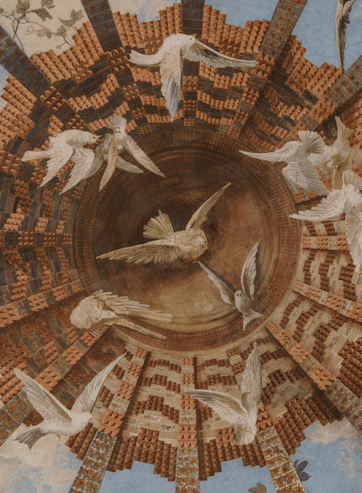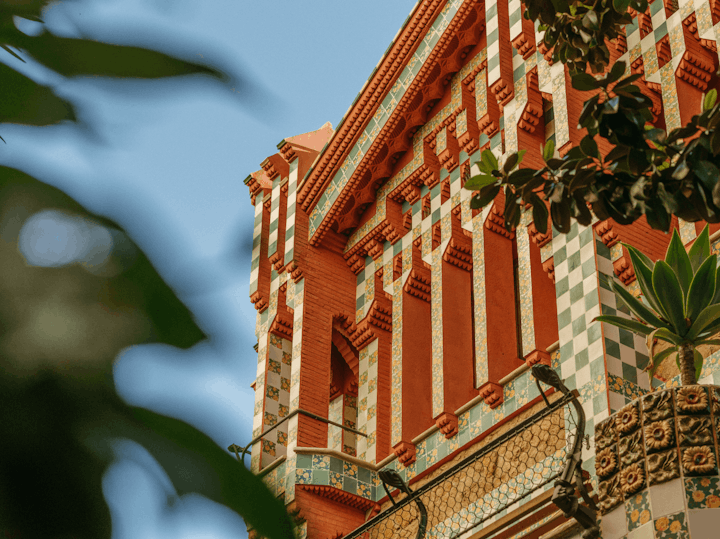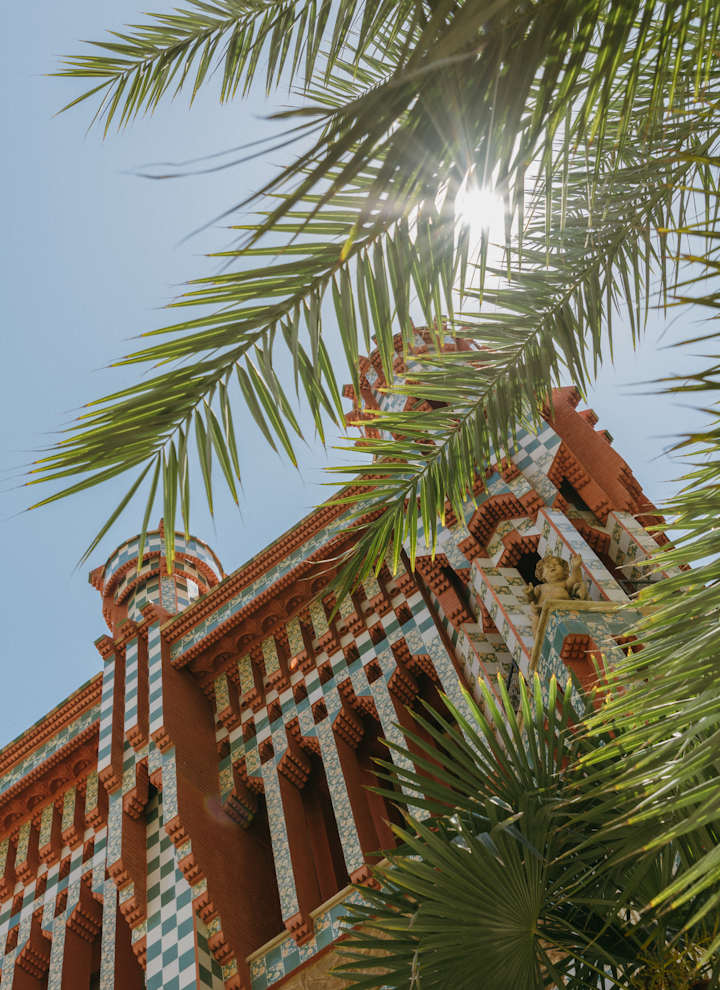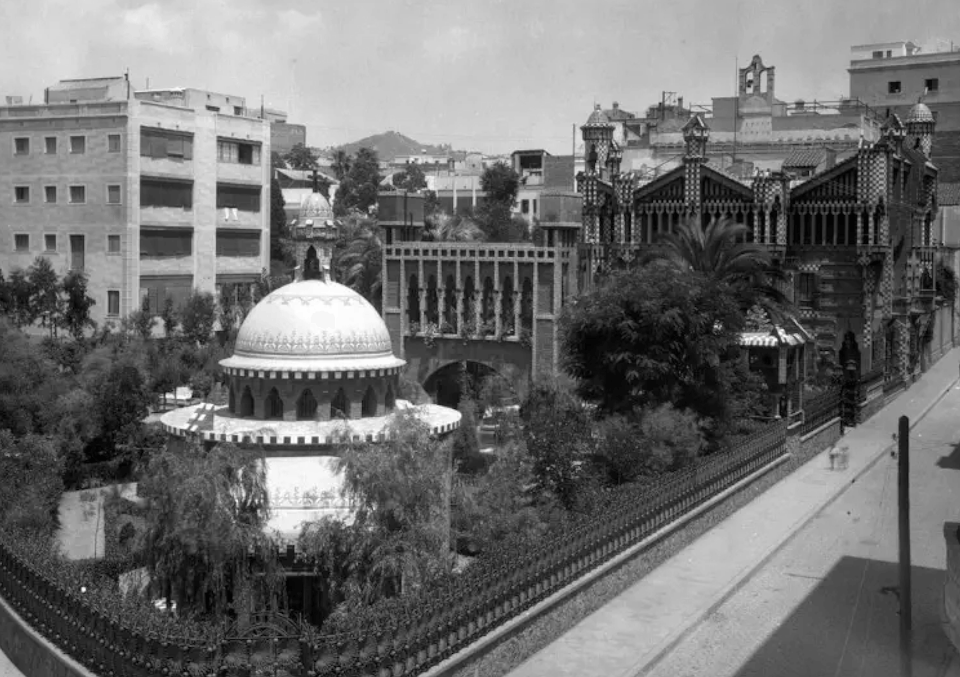Imagine walking through a Unesco World Heritage house, where every corner tells a tale of innovation and creativity, of nature made architecture.
About us

What's behind the door?

Connect, Preserve and Share
Casa Vicens is more than a museum; it's a journey to the past, a tangible example of Gaudí's first steps. The ones that made his subsequent work possible. Everyone who visits this home can find inspiration, respite and a vital connection to the architect's genius.
At Casa Vicens, our mission is simple yet extremely important: to showcase Gaudí's first masterpiece and to preserve it for future generations. We believe that each visit is an opportunity to share new values: the daring,excellence and sense of community that define both Gaudí as well as our house-museum.
Daring
From the moment that you enter our doors, you will feel the boldness and innovation that Gaudí expressed in every detail. We want this courage to inspire your visit. We want you to feel his pioneering spirit that was capable of creating truly unique works.
Excellence
Nothing in Casa Vicens is left to chance. Every aspect of your visit is designed with the utmost care to offer you an experience that reflects Gaudí's meticulous attention to detail. From the architecture to our customer service, we're here to help you with whatever you need.
Sense of Community
We love to spread Gaudí's infectious spirit, putting the people who live in the house and its location at the centre of attention. That is why we strive every day to offer you warm, personalised service and to make a positive impact on our closest surroundings, the neighbourhood of Gràcia. We want your visit to not only be memorable, but also meaningful.
Sustainability and Community
Casa Vicens is not only a museum; it is a commitment to sustainability and community.
Since we opened our doors in 2017, we have worked to make a positive impact on our surroundings through a variety of initiatives: actions that promote sustainable mobility for our visitors as well as actions linked with vulnerable groups and those at risk of social exclusion, while also closely collaborating with charitable entities.
Since 2021, we have held the Barcelona Biosphere Commitment to Sustainable Tourism certificate (CSTBB) which reflects our three-fold environmental, social and economic commitment, and we remain committed to an ongoing improvement process.
Our partnerships with entities like Unesco and the Barcelona Modernisme Route also highlight our dedication to preserving and promoting cultural heritage.

Ownership
Casa Vicens is owned by MoraBanc, a family-run Andorran bank. MoraBanc purchased the house in 2014. After three years of renovation and restoration, Casa Vicens was opened to the public in November 2017.

Sponsors
Club Esportiu Europa
We here at Gaudí's first house annually support local sports by sponsoring different teams at Club Esportiu Europa. For the 2023-2024 and 2024-2025 seasons, we have been sponsors of the Football Academy of CE Europa, named CE Europa × Casa Vicens Football School. We support the more than 700 boys and girls between 4 and 14 years old who train in this school every year. Previously, in the 2022-2023 season we sponsored the women's first team and in 2021-2022 the men's first team.
Festa Major de Gràcia
Since 2017 we have taken part in the Festa Major de Gràcia with a financial contribution and we have enriched the activities schedule held that week through family workshops in the streets, discounts to get to know Casa Vicens and, since 2022, awarding a special prize in the decorated streets contest held by the Festa Major de Gràcia Foundation.
Santa Rita Ambassadors
Every 22 May at Casa Vicens, coinciding with the traditional Santa Rita celebration, we present our ambassadors, individuals who share our values of excellence, daring and a sense of community.
Casa Vicens started naming ambassadors in 2024 with Carme Ruscalleda and Raül Balam Ruscalleda chosen as the 2024 Santa Rita Ambassadors, two nationally and internationally renowned advocates of Catalan cuisine and of creative, locally sourced food.

Strategic partnerships












